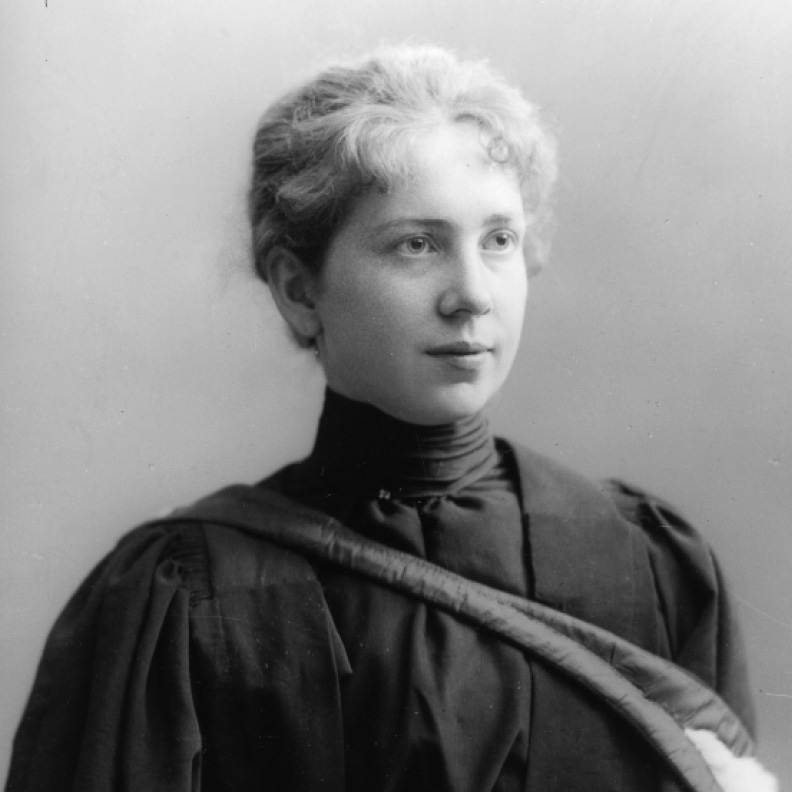The Huron County Museum currently has on display a temporary exhibit created by Ingenium: Canada Science and Technology Museum, all about women in the STEM workforce – Iron Willed: Women in STEM. The exhibit includes interactive digital activities and bright infographics which display topics such as general information about women in STEM, gender discrimination, and material on the women from now and in the past who have pushed change for the women in these fields.
The fields of Science, Technology, Engineering and Math (STEM) have been of great interest to women now and in the past, but women haven’t always been taken seriously in these fields. Due to the issues of women’s rights in the past and gender discrimination, women were not able to go to college or university until the late 1800’s. In the beginning of the 20th century, men and women had their set roles in society. Often schools would turn down women because of these roles, and assume that after they were married and had children they would leave anyways.

Harriet Brooks
However, for Harriet Brooks, this was not the case. Born in 1876 in Exeter Ontario, Harriet was the first Canadian woman to become a Nuclear Physicist. She worked with researchers and professors like Ernest Rutherford and Marie Curie, and experimented with radioactive emissions from thorium and radon. During her time at Barnard College in New York 1906, she became engaged to a physics professor from Columbia University. The Dean of Barnard stated that “whenever your marriage does take place it ought to end your official relationship with the college” which began a debate. Brooks felt she had a duty to both her profession and her sex to continue her work even after marriage. Harriet ended up breaking off the engagement and stayed at the school until 1907. In 1907, she became engaged again, and resigned claiming that there wouldn’t have been employment in physics research for her anyways.
As the 20th century continued, more women were studying higher level mathematics, but there was still a lack of job opportunities in those fields. Despite this being the reality, that didn’t stop women from studying and teaching mathematics, such as Emmy Noether, another woman featured in this exhibit. Emmy Noether was a German Mathematician and studied abstract algebra and theoretical physics, including the development Noether’s Theorem in Physics. She was also described various well-known scientist as the most important woman in the history of mathematics. After graduating in 1907, she worked at the Mathematical Institute of Erlangen teaching advanced mathematics. Due to gender norms at this time in society and in law, women were often unable to teach in schools or universities therefore she worked at the university unpaid for 7 years. She was then offered a position at the University of Göttingen, which is known for their mathematical research. She took up the offer, but had to lecture under David Hilbert’s name (who was the one that offered her the position) for 4 years. In 1919, she obtained the position of Privatdozent (permission to teach). In 1933 she moved to the United States after dismissal by the German Nazi Government due to her Jewish faith. Unfortunately, in 1935 she underwent surgery and despite the signs of recovery, passed away at the age of 53.
The effort, work, determination and skill these women have shown are all reasons which have greatly assisted the future of women in the workforce. These women worked towards their goals regardless of what being told and fought for what they believe is right. It is an amazing highlight of our history in Canada and the women in STEM wouldn’t have been able to be where they are today if it wasn’t for them. If you would like to see this exhibit, it is now open today for you to come and explore. Located in the Temporary Gallery on the main floor of the Huron County Museum until September 1st.
Written by Olivia Vanstone, Huron County Museum Co-op student from Goderich District Collegiate institute. Olivia recently graduated from grade 12 and enjoys photography, art, fashion, music and dramatic arts. During Olivia’s placement she was busy assisting with exhibit and programming activities.
